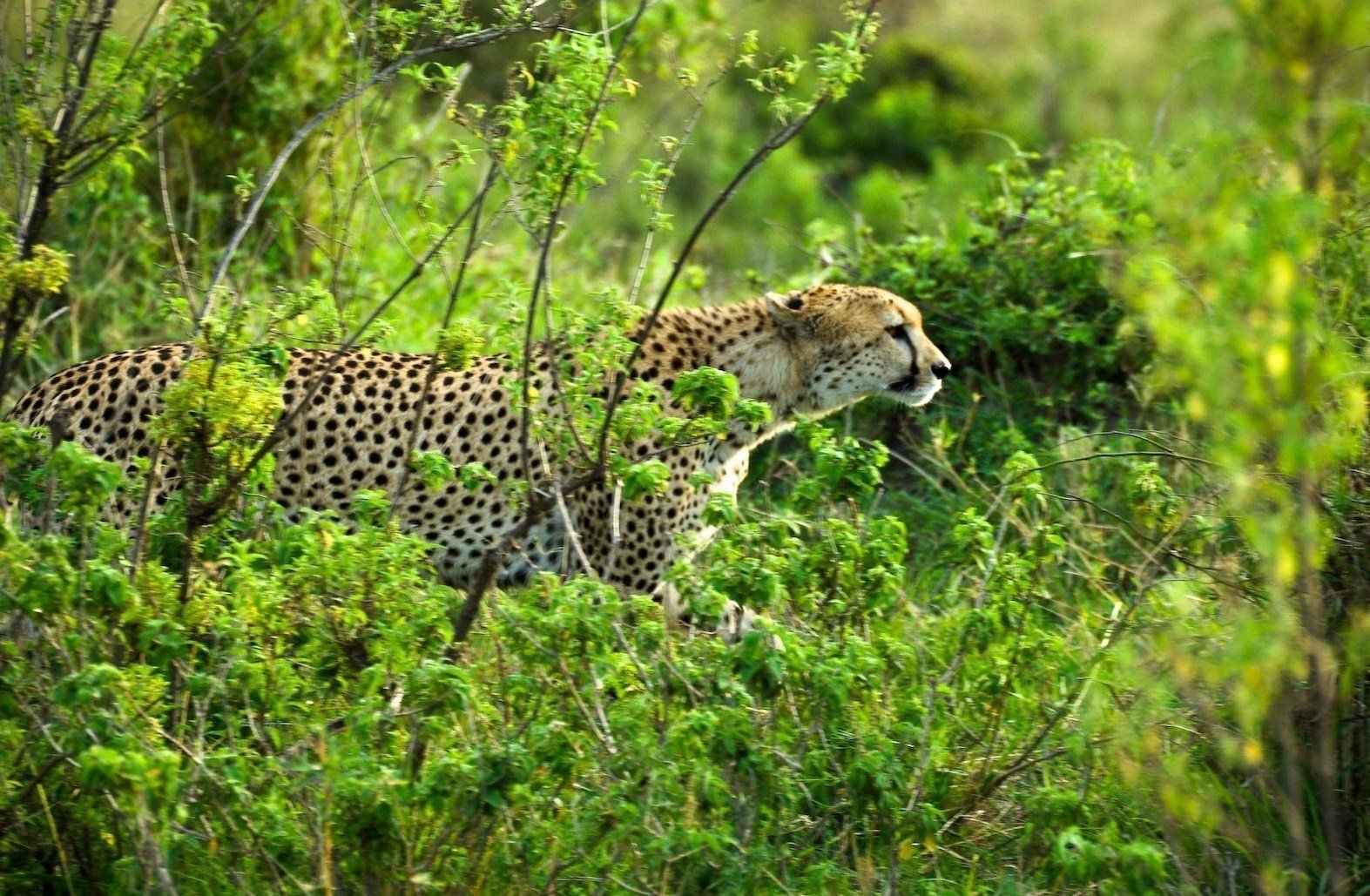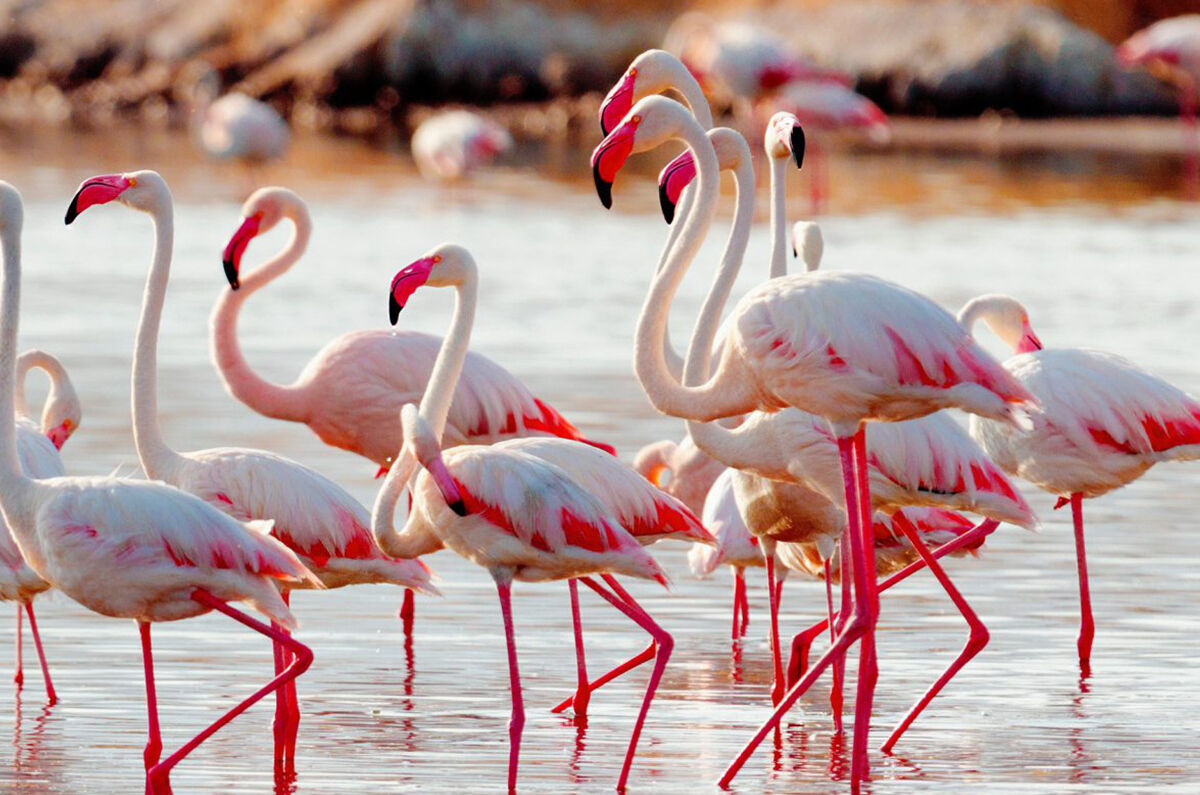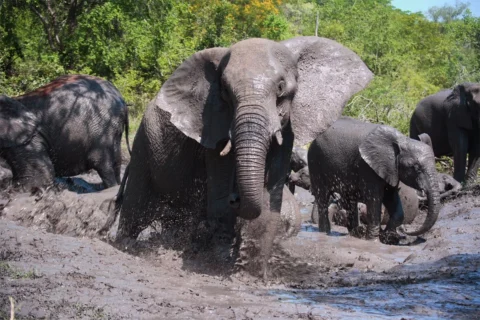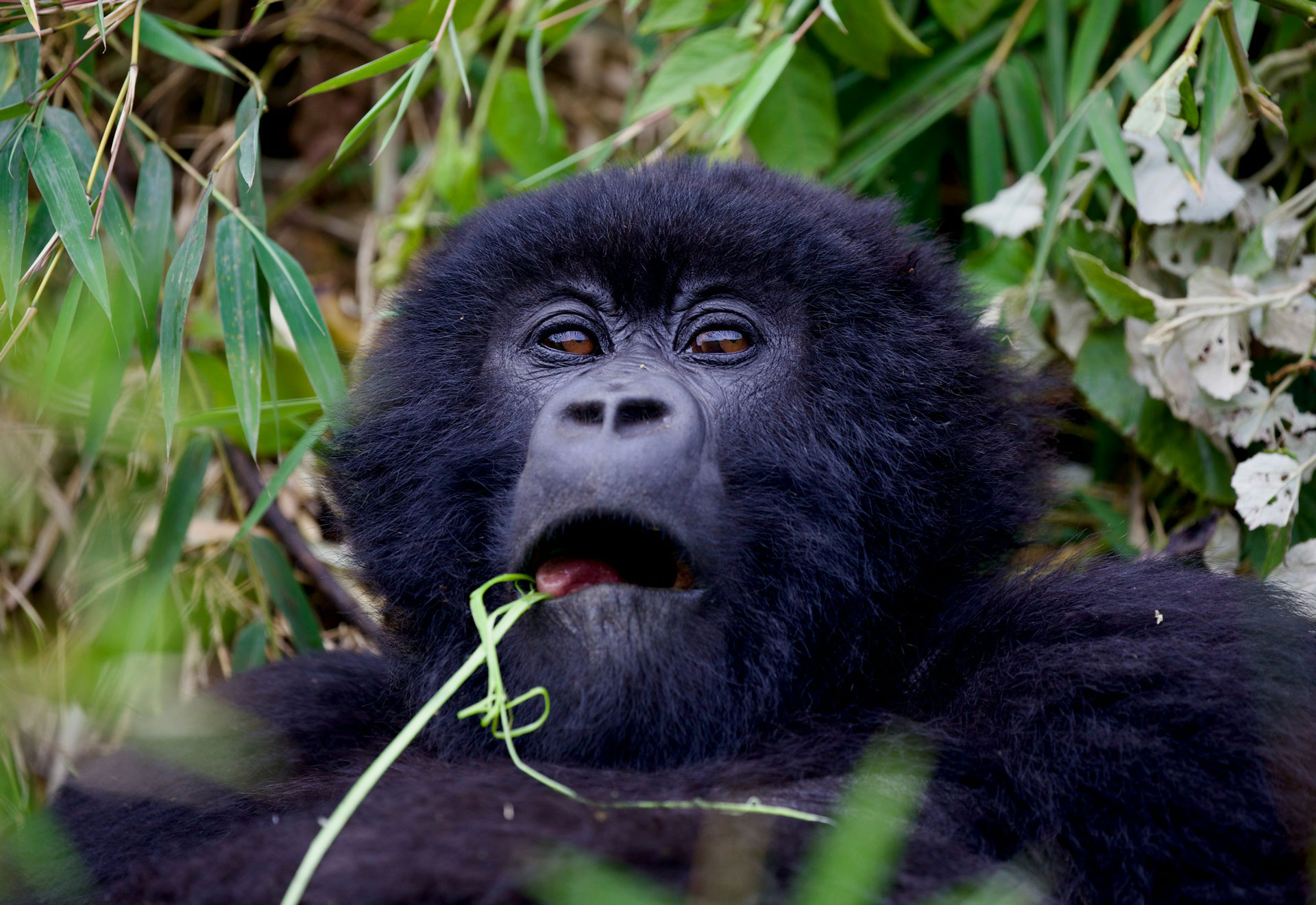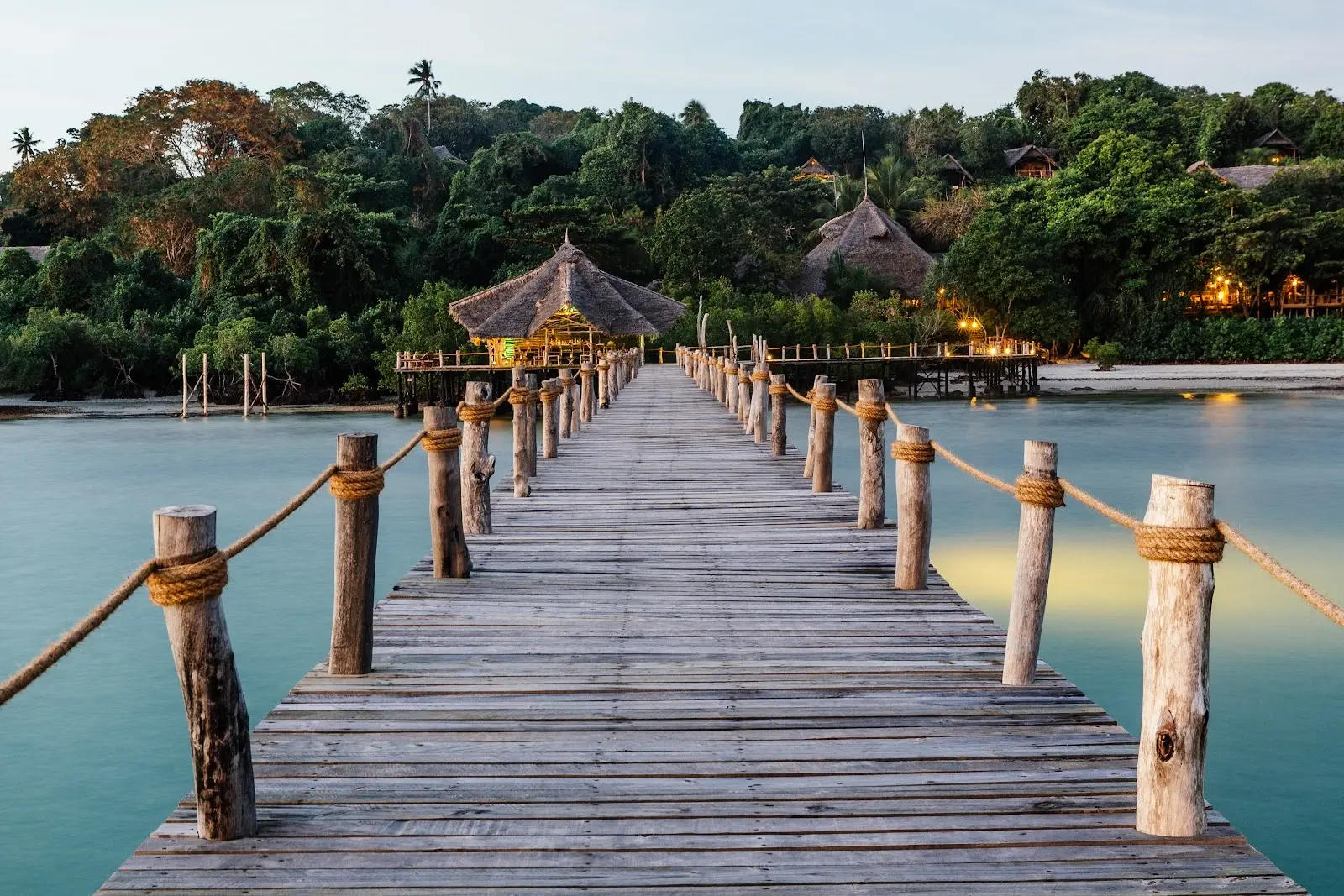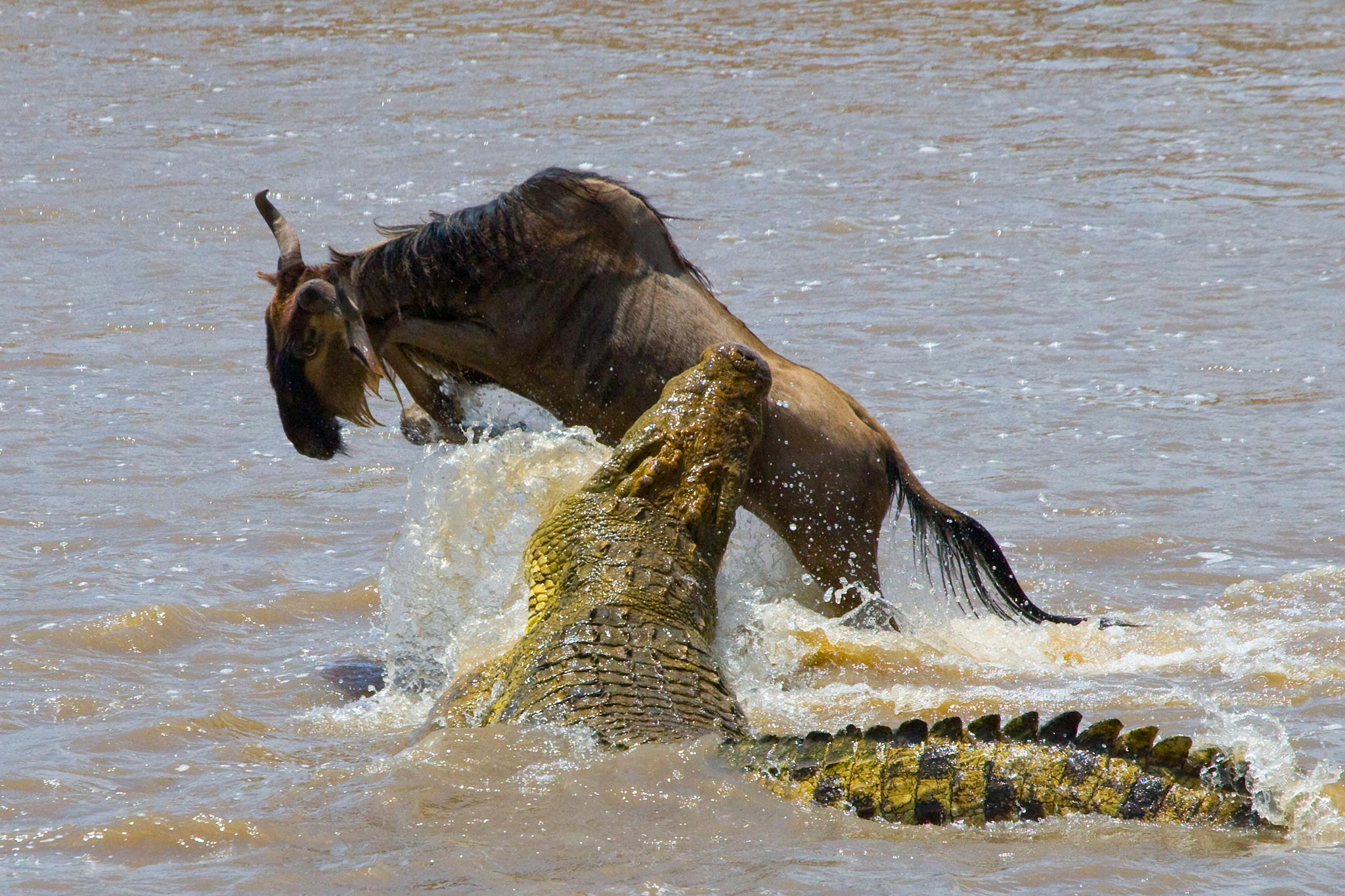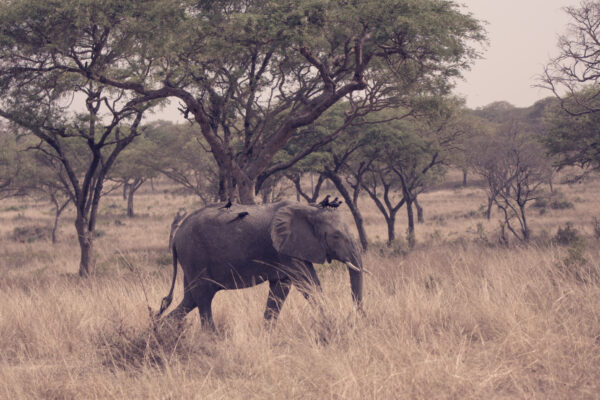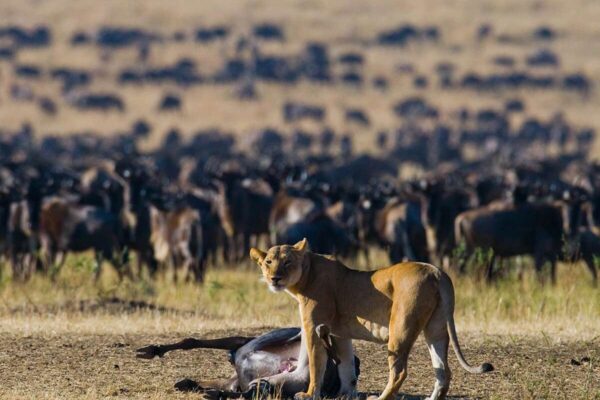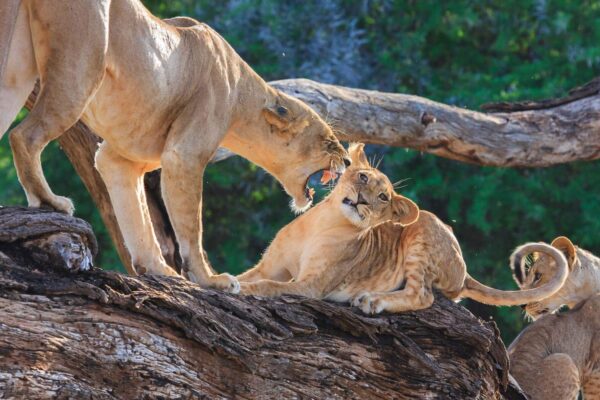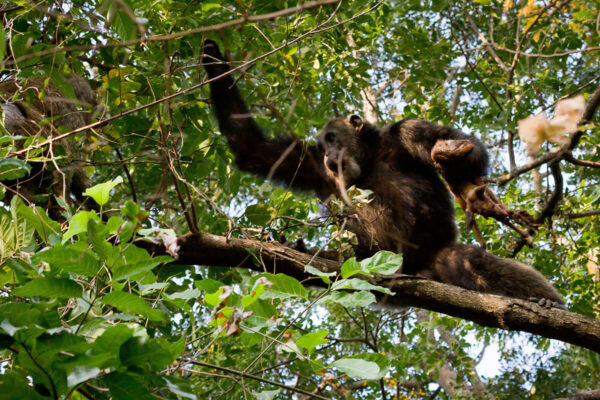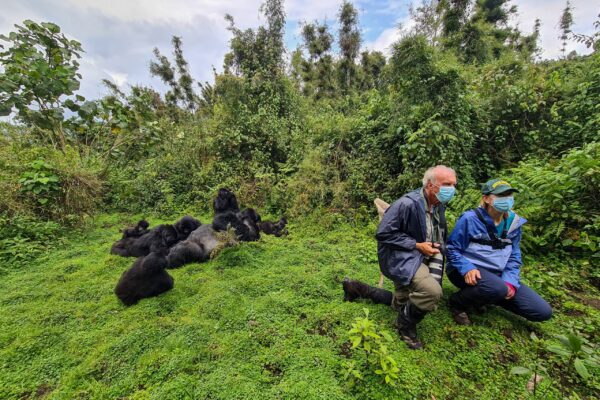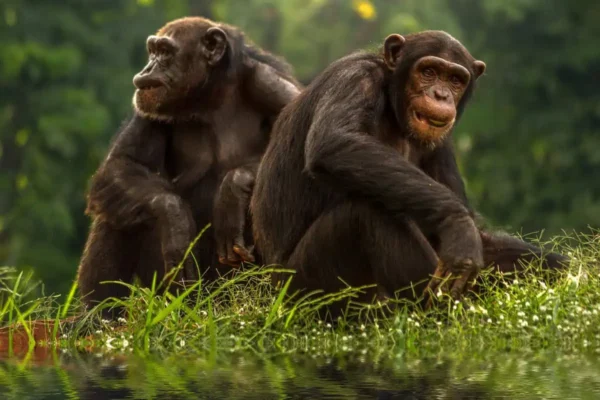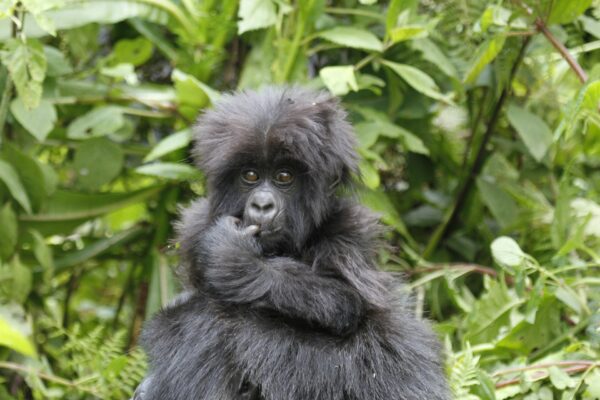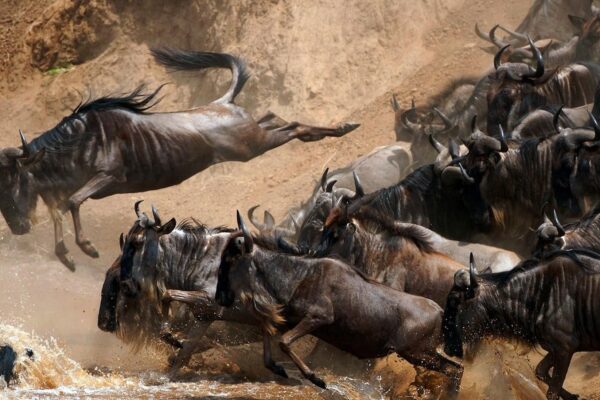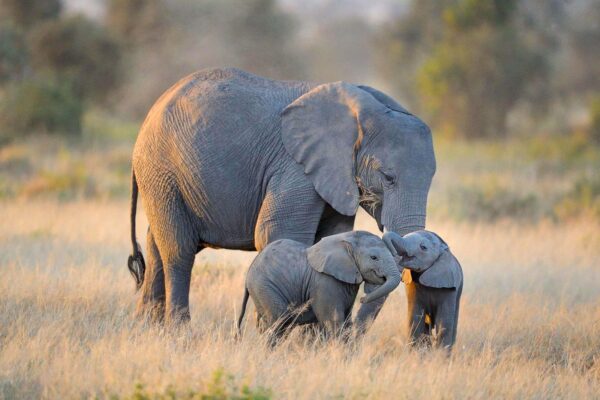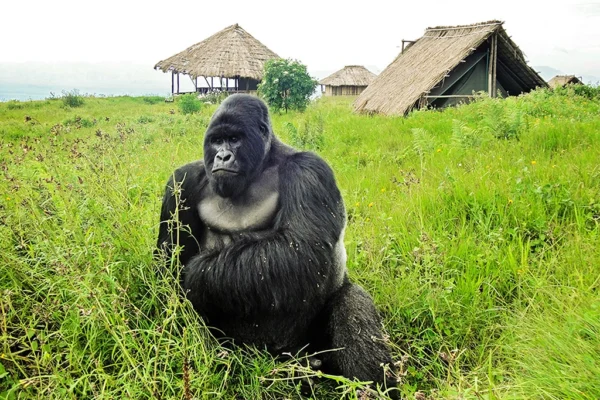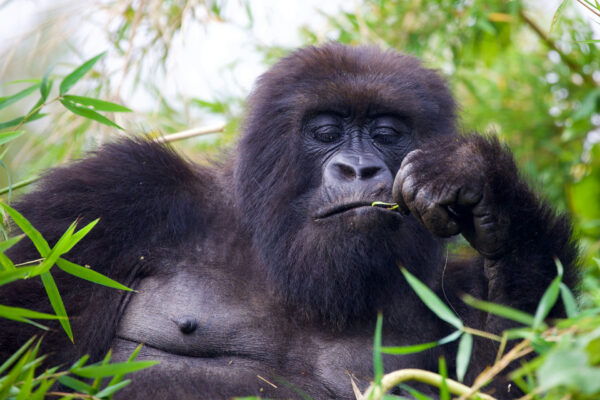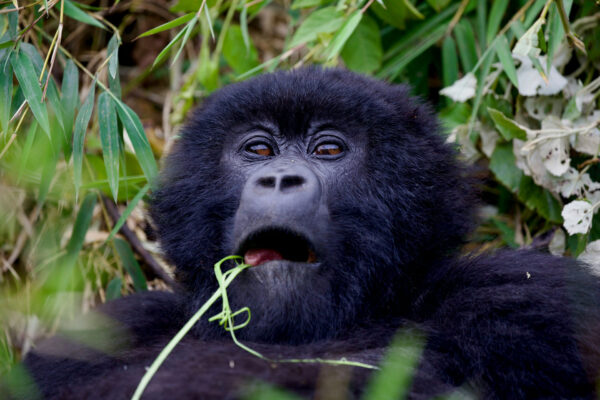Top 9 Exceptional Safari Packages 2026/2027
5-Day Kenya Adventure Safari
The 5-Day Kenya Adventure Safari Holiday designed by Mooi Adventures combines some of Kenya’s most captivating landscapes, abundant
5-Day Kenya Wildlife Safari Holiday
The 5-Day Kenya Wildlife Safari Holiday curated by Mooi Adventures offers an incredible journey through Kenya’s most iconic national
6-Day Kenya Wildlife Safari Holiday
The 6-Day Kenya Wildlife Safari Holiday curated by Mooi Adventures is an exceptional journey through some of Kenya’s most iconic safari
5 Days Rwanda Primates Safari
The 5 Days Rwanda Primates Safari by Mooi Adventures is a carefully designed journey that combines Rwanda’s two most treasured primate
4 Days Rwanda Gorilla Trekking and
The 4 Days Rwanda Gorilla Trekking and Cultural Safari by Mooi Adventures offers an immersive journey into the very soul of Rwanda,
4 Days Uganda Gorilla Trekking and
The 4 Days Uganda Gorilla Trekking and Rwanda Golden Monkey Tracking Safari by Mooi Adventures is a meticulously crafted wildlife
5 Days Uganda Chimpanzee and
The 5 Days Uganda Chimpanzee and Gorilla Trekking Safari with Mooi Adventures takes you deep into two of Uganda’s most
4 Days Bwindi Uganda Gorilla
The 4 Days Bwindi Uganda Gorilla Trekking Safari with Mooi Adventures offers travelers one of Africa’s most life-changing wildlife
9-Day Ultimate Tanzania Wildlife Safari
This is the 9-Day Ultimate Tanzania Wildlife Safari Experience. You will get to see the most important highlights: Arusha National Park,
10-Day Best Tanzania Honeymoon Luxury
On this 10-day best Tanzania luxury honeymoon safari and beach vacation in Zanzibar, you will get a unique opportunity to visit the major
12-Day Tanzania Wildlife Safari
Arusha City is the starting point for your 12-Day Tanzania Wildlife Safari Road trip which will cover many kilometres and vastly varying
3 Days Uganda Gorilla Trekking
This carefully designed 3 Days Uganda Gorilla Trekking Safari with Mooi Adventures offers an unforgettable opportunity to
Where To Go For A Safari In East Africa? Best Safari Destinations
Top Things To Do
While on Your Africa Adventure safari in Uganda | Rwanda | Kenya | Tanzania

